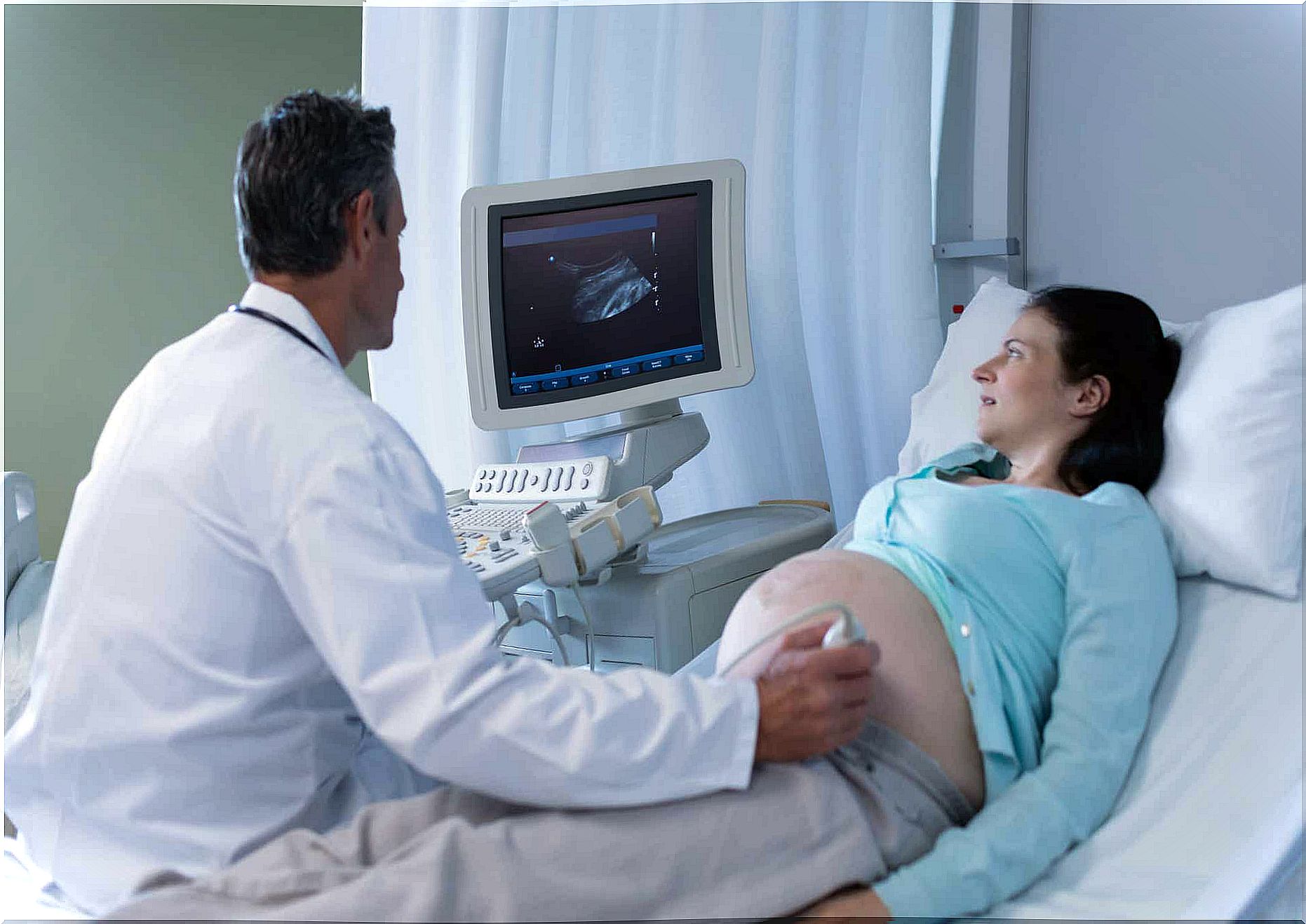How To Develop A Baby’s Lungs

The lungs are two structures located in the chest that form a fundamental part of the respiratory system. The rest of the airways (such as the larynx and trachea) and the respiratory muscles are also part of this system. Did you know that the development of a baby’s lungs is a complex process?
In fact, it is only in the last weeks of pregnancy that the baby gets the ability to breathe on its own. This is one of the reasons why premature births are dangerous.
If you want to know a little more about this basic development process as well as some basic concepts about how the human body works, we invite you to read along.
What is fetal lung maturation?

Like any other organ or system, the maturation of a baby’s lungs is progressive and depends on several factors. These organs are important for life, so before birth they must be sufficiently developed to enable breathing.
The latter process depends not only on the lungs but also on the integrity of the respiratory muscles. Intercostal muscles and diaphragm are representative examples within this group.
Inside the lungs are air-filled sacs called alveoli. In order for them to let air in and out without collapsing, they need a thin layer of liquid called a surfactant.
It is important to know all these concepts as the proper development of the respiratory system depends on the integrity of all these structures and substances. If there is a risk of premature birth, doctors may prescribe steroids to speed up some of this development.
How do a baby’s lungs develop?
The development of a baby’s lungs occurs in several stages, the first of which is the development and growth of the bronchi. These structures are part of the airways and are responsible for transferring air from the trachea to the alveoli (and vice versa).
These bronchi gradually fall into caliber and form structures that perform basically the same function. An example is the bronchioles, which gradually develop until they reach the alveoli.
Surfactant begins to be produced when the first sacs are already formed, as this process depends on special cells that cover the surface of the alveoli.
Why can it save a child’s life?
Although the lungs are important for life, their development is slow. This is understandable given their complexity and significance. In general, they are not ready to function outside the uterus within 34 weeks.
For this reason, when doctors detect a case of risk of premature birth, mothers usually receive preventative treatment. This involves the administration of intramuscular glucocorticoids to promote the development of these organs.
Although these drugs usually have an immunosuppressive effect, studies have shown that they improve the synthesis of lung surfactants during pregnancy. Thanks to this substance, the alveoli do not collapse during breathing, so the baby can breathe adequately without the need for help.
This does not mean that these babies do not require special care at birth. Most preterm births require a stay in a neonatal intensive care unit (NICU), regardless of whether the baby is well.
Timeline of infant lung development

To make this process more instructive, we introduce you to the different stages of lung development and how they relate to the different weeks of pregnancy:
- Embryonic: This stage ranges from week 3 to week 6. The stem cells begin to form small, poorly defined structures that in the next few weeks become the lungs.
- Pseudoglandular: From week 7 to 16. The aforementioned bronchial tree begins to develop, first through the larger structures (main bronchi) and then through the smaller ones.
- Canalicular: This stage lasts from week 17 to 27. Branching of the airways begins to become more and more specialized with the formation of some small alveolar sacs and some surfactants.
- Alveolar: From week 28 onwards. The development of several alveolar sacs when the larger structures of the bronchial tree are ready characterizes this stage. Of course, this process is accompanied by the production of surfactants.
Although it seems that everything ends at birth, in reality this is not the case. Many organs, including the heart and lungs, continue to develop shortly after birth. This is the case with some alveolar sacs, which can continue to form even in the first two years of a baby’s life.
A baby’s lungs are complex and valuable organs
Although at first glance the lungs do not appear to be very detailed, they are complex from a microscopic point of view. Therefore, their development is far from easy. To ensure that they develop properly, it is important to follow the instructions of the obstetricians, just as it is to get regular checks.









